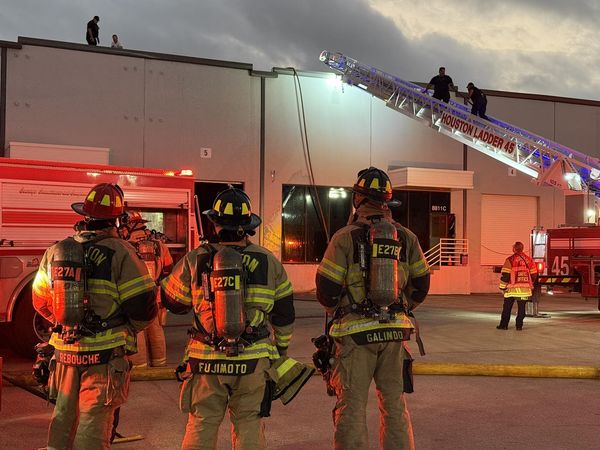Medicare may be allowed to negotiate the price of some prescription drugs for the first time due to a provision in the proposed Inflation Reduction Act.
Beginning in 2026, ten prescription drugs covered by the Medicare Part D benefit program would be subject to negotiation. By 2029, Medicare will be able to negotiate on the price of 20 Part D drugs. Medicare can only negotiate on the price of drugs that have a high total cost to the federal government, don’t have a generic available and were approved by the FDA for at least the last nine years[1].
Allowing Medicare to negotiate on drug prices is an effort to control the cost of prescriptions which have risen faster than inflation in recent years.
What’s included in Medicare Part D?
People 65 and older and people with certain disabilities[2] are eligible for Medicare, a federally sponsored health insurance program. Medicare Part D is an optional part of Medicare, providing prescription drug coverage for about 50 million Americans as of 2020.
Most people participating in Part D pay a small monthly premium and must pay an annual deductible before the Medicare drug benefit starts assisting with costs. How much the government assists on medication costs depends on a person’s income and the total cost of a person’s prescriptions, among other factors.
Is spending on Medicare Part D drugs increasing?
Part D spending depends on several factors, according to the Congressional Budget Office (CBO).
As more people enroll in Part D, total spending increases[3]. The health status of people covered by Medicare influences the type and quantity of drugs prescribed, which also affects spending.
The size and amount of price rebates from drug manufacturers also affects Part D spending. Rebates are payments that drug manufacturers provide to Medicare. On average, rebates are 47% of the total price for standard drugs and 12% of the price for high-cost medications[4].
According to annual reports by the Centers for Medicare and Medicaid Services (CMS), government spending on Medicare Part D prescription drugs has remained mostly consistent, decreasing by about 2.5% from 2016 to 2020. However, total spending by all parties increased by 30.4% over the same period. This means that while government spending stayed about the same, individuals paid more out-of-pocket costs.
The declining share of federal expenses used for prescription drugs is occurring at a time when the enrollment in other parts of Medicare is at an all time high and the elderly continue to occupy a larger share of the population.
How much is spent on the most expensive drugs?
The increase in out-of-pocket spending may be attributed to the growth of brand-name prescription drug prices, according to the CBO report.
The top ten drugs by total spending in 2020 were all brand-name[5]. Medicare and its beneficiaries spent $39.4 billion on the ten most costly medications for the program that year. These ten drugs account for 1.8% of all prescribed drug doses in the Part D program.
The share of total Medicare drug spending on these ten medications rose from 17.3% in 2016 to 19.8% in 2020.
The share of total doses occupied by these same prescriptions increased by less than one percentage point for the same time period.
In other words, a similar number of individuals are receiving these ten drugs but are paying a higher price for them.
For example, the national inflation rate for all goods and services from 2019 to 2020 was 1.23%.
The ten most costly drugs for Medicare and its Part D beneficiaries grew by a median of 5.6% per dose.
How else would the Inflation Reduction Act influence spending on prescription drugs?
In addition to allowing for Medicare to negotiate on the price of some of the most costly medications covered by Part D, the Inflation Reduction Act also requires drug manufacturers to offer rebates if their drug prices rise faster than inflation.
This would increase the share of spending paid by manufacturers and would not increase the costs for beneficiaries or the Medicare program. Rebates would be deposited in the Medicare Supplementary Medical Insurance trust fund, which is one of the revenue sources for Part D.
For more information on drug prices, read USAFacts’ analysis of the costs of specific prescription drugs.
[1] Drugs eligible for negotiation include brand name drugs or biologics that do not have a generic or biosimilar equivalent and are less than 9 years (for small-molecule drugs) or 13 years (for biological drugs) from FDA approval date.
[2] Everyone eligible for Social Security Disability Insurance (SSDI) benefits is also eligible for Medicare after a 24-month qualifying period.
[3] Drug spending data are based on the gross drug costs, which represents total spending and includes payments made by Medicare, the plan, and the beneficiary. It does not include manufacturer rebates, as the Centers for Medicare Services is prohibited from publishing that data.
[4] From 2017-2020, high-cost, or "specialty," drugs were those where the average spend per claim exceeded $670. The threshold was $600 in 2016.
[5] The ten Part D drugs with the highest total spending in 2020 were: Eliquis, Revlimid, Xarelto, Januvia, Trulicity, Imbruvica, Lantus Solostar, Jardiance, Humira(Cf) Pen, and Ibrance







